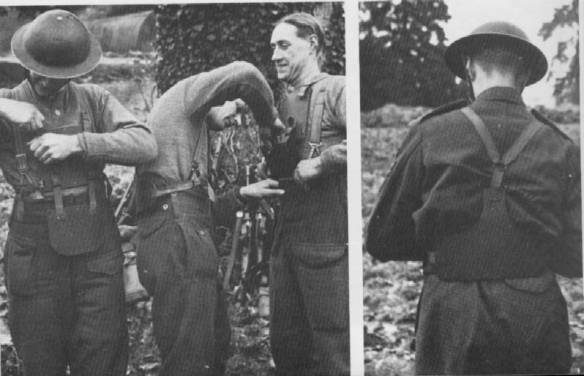marathag
Banned
32SL was never popular. Getting an army contract for new ammo in .308 would have made them happy for future sales, as it uses all the same manufacturing line and the same tooling, with minor tweaksSigh. Then you lose the ability to re-purpose older, and less needed, weapons. You are building a completely new design and will find it a fast harder sell .
The "main difference" between .32 or .351 rounds and .30 is they won't fit down a .30 barrel.

